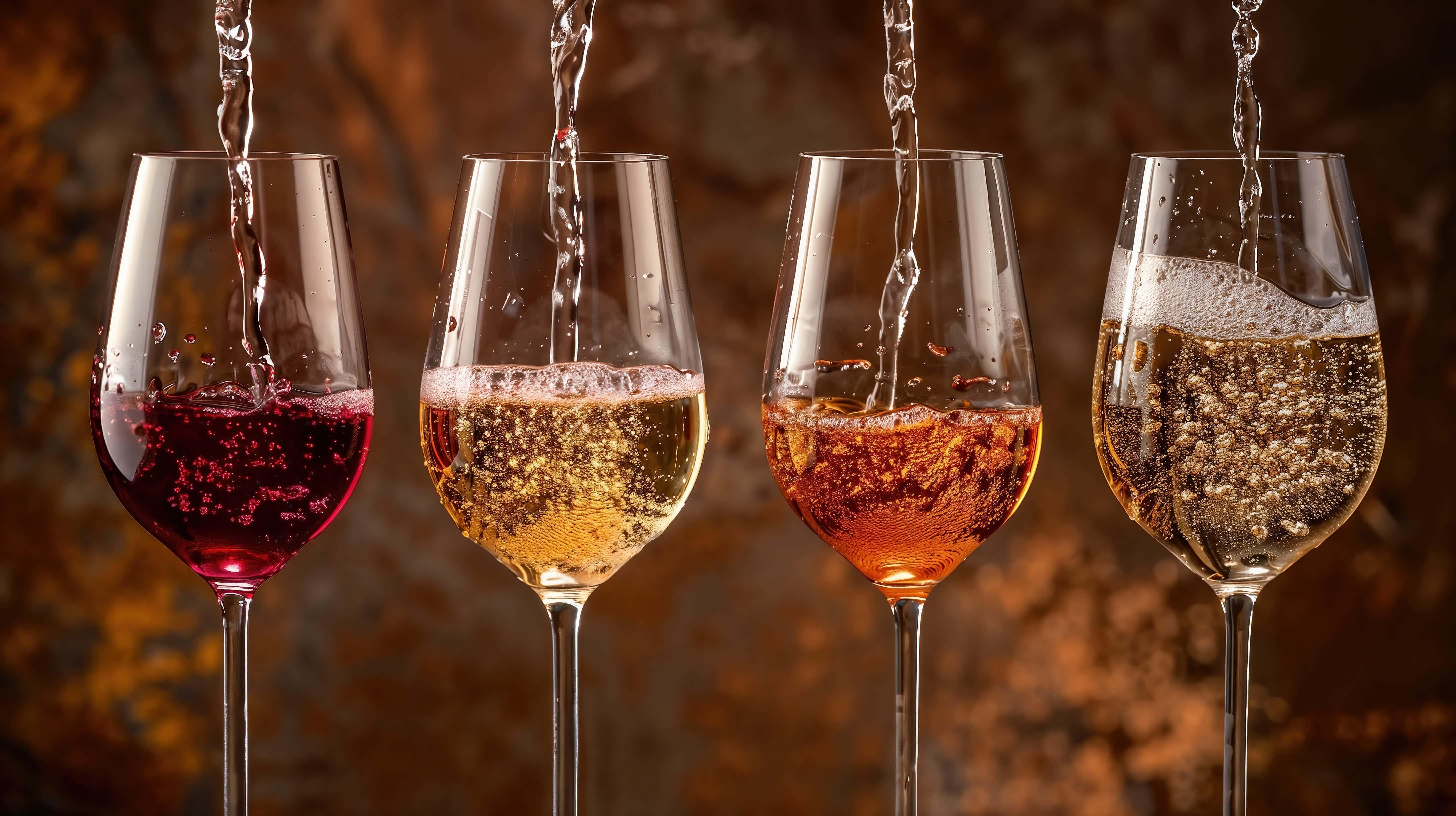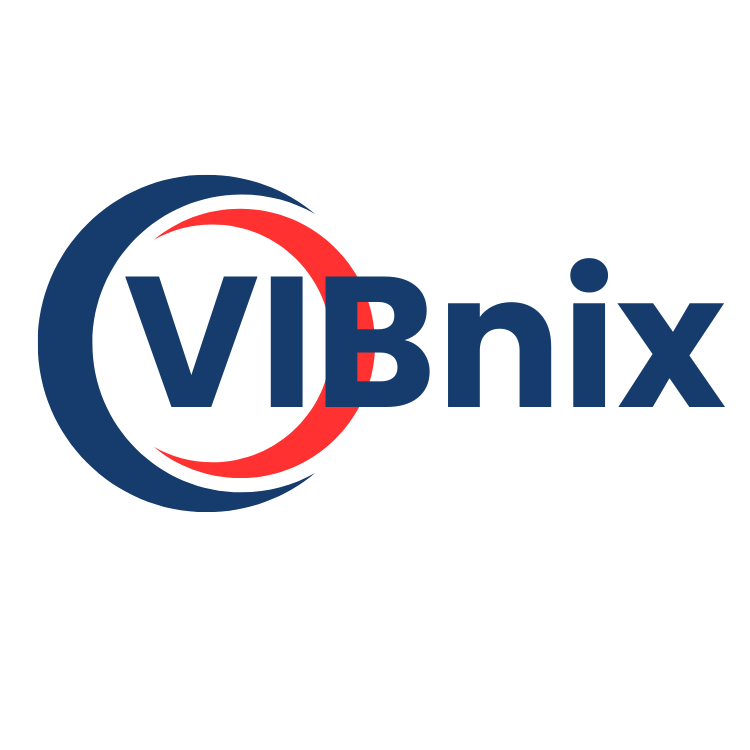Sparkling wine market potential driven by rising demand, emerging markets, and premium product innovation

Growing Consumer Base and Expanding Demand
The sparkling wine market offers substantial growth potential, primarily due to a steadily expanding consumer base. Rising disposable incomes, increasing urbanization, and enhanced wine culture awareness worldwide contribute to the growth in demand. Notably, younger generations, such as millennials and Gen Z, are embracing sparkling wine beyond traditional celebrations, incorporating it into casual social occasions, which significantly broadens consumption frequency.
This diversification of consumption occasions is encouraging producers to develop new product variants catering to evolving tastes and preferences. Low-alcohol, organic, and flavored sparkling wines are gaining traction, responding to the wellness trend and consumers’ desire for variety and healthier options. This shift increases the market's breadth, expanding potential for new product introductions.
Emerging Markets as Key Growth Catalysts
Emerging markets represent a crucial opportunity for sparkling wine growth. Regions such as Asia-Pacific, Latin America, and the Middle East are witnessing increasing middle-class populations, rising disposable incomes, and shifting social norms that favor alcohol consumption, particularly of premium products like sparkling wine.
Within Asia-Pacific, countries including China, India, and Japan have shown remarkable growth in wine consumption, supported by urbanization, westernization of lifestyles, and greater exposure to global culture. However, market entry requires overcoming significant regulatory challenges, cultural barriers, and developing consumer education programs to enhance brand acceptance.
Latin America and the Middle East also present untapped potential. While socio-cultural norms in some countries may restrict alcohol consumption, growing urban populations and evolving societal attitudes are gradually expanding market opportunities. Tailored strategies focusing on education and responsible marketing are essential for successful penetration.
Premiumization Trends and Product Innovation
Premiumization is a dominant force driving the market potential of sparkling wines. Consumers are increasingly willing to pay a premium for authentic, high-quality products that offer distinctive flavor profiles and craftsmanship. This trend is encouraging producers to innovate with single-origin wines, vintage releases, and limited editions that highlight unique terroirs and artisanal production methods.
Product innovation extends beyond quality to packaging and format diversification. Ready-to-drink (RTD) sparkling wines in cans or single-serve bottles appeal to younger, convenience-oriented consumers and create new consumption occasions. Additionally, the rise of organic, biodynamic, and sustainably produced sparkling wines addresses growing consumer concern for environmental responsibility.
Producers who invest in research and development, leveraging consumer insights, are better positioned to capitalize on these premiumization trends and differentiate their offerings in a competitive market.
Technological Advancements Enhancing Market Potential
Technological progress in viticulture, production, and distribution enhances the market potential by increasing efficiency, quality, and sustainability. Precision agriculture allows vineyards to optimize grape yields and quality through data-driven monitoring of soil conditions, weather, and vine health.
Automation and advanced fermentation technologies improve consistency and reduce production costs, enabling scalability while maintaining premium product standards. Sustainable innovations such as lightweight bottles, recyclable packaging, and water-saving production methods align with consumer demand for eco-friendly products and contribute to the market’s attractiveness.
Digital technology is transforming marketing and distribution channels, with e-commerce platforms providing direct access to consumers and personalized shopping experiences. These innovations expand market reach and customer engagement, opening new growth avenues.
Expanding Distribution Channels
Distribution channel diversification plays a critical role in unlocking sparkling wine market potential. Traditional retail remains important, especially in established markets, but online sales and direct-to-consumer models have seen rapid growth, accelerated by the COVID-19 pandemic.
Subscription services and wine clubs offer personalized product selections and foster brand loyalty, while social commerce leverages social media platforms to engage consumers and drive sales. Integrating these digital channels with physical retail enables brands to offer seamless omnichannel experiences that meet evolving shopping preferences.
On-premise consumption in bars, restaurants, and events remains a significant driver of premium sparkling wine sales, providing opportunities for brand storytelling and experiential marketing. Strategic partnerships with hospitality and event organizers can amplify market penetration.
Challenges Impacting Market Potential
Despite promising prospects, several challenges could limit the sparkling wine market’s full potential. Regulatory complexities, especially in emerging markets, can restrict market entry and growth. Compliance with alcohol laws, import tariffs, and labeling requirements necessitates careful navigation.
Climate change poses a risk to grape quality and vineyard productivity, with rising temperatures and extreme weather events affecting yields. Producers must invest in adaptive agricultural practices to mitigate these risks.
Supply chain disruptions, fluctuating raw material costs, and logistical challenges may affect production and distribution. Additionally, intense competition from alternative beverages and shifting consumer preferences requires constant innovation and effective marketing.
Sustainability and Ethical Practices as Growth Drivers
Sustainability initiatives enhance the sparkling wine market potential by appealing to environmentally and socially conscious consumers. Wineries adopting organic farming, carbon-neutral production, and transparent sourcing gain a competitive edge.
Corporate social responsibility efforts, such as fair labor practices and community engagement, strengthen brand reputation and consumer trust. These factors increasingly influence purchasing decisions and can differentiate brands in a crowded marketplace.
- Vibnix Blog
- Politics
- News
- Liberia News
- Entertainment
- Technology
- EĞİTİM BİLGİLERİ
- Art
- Causes
- Crafts
- Dance
- Drinks
- Film
- Fitness
- Food
- Oyunlar
- Gardening
- Health
- Home
- Literature
- Music
- Networking
- Other
- Party
- Religion
- Shopping
- Sports
- Theater
- Wellness



